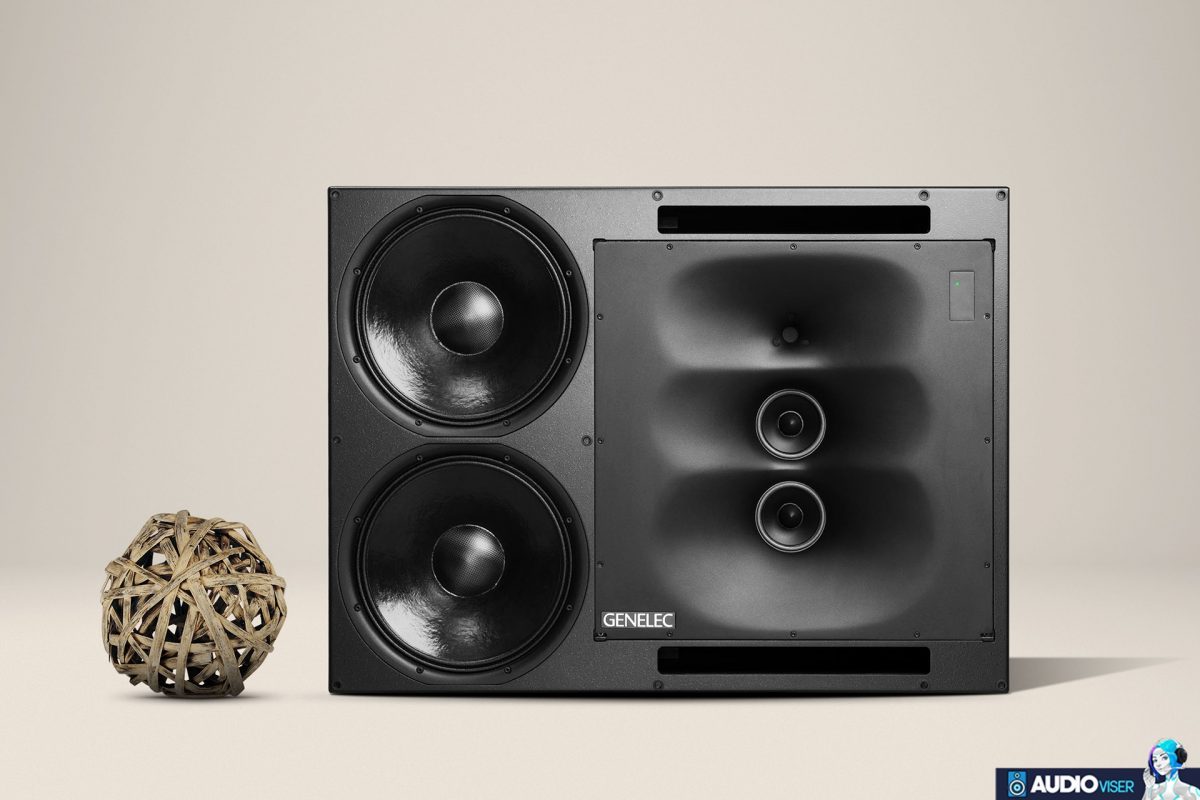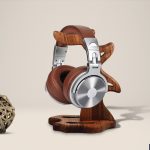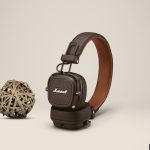
Repeating and repeating, I always say a pair of studio monitors in general are one of the most crucial and important devices that a professional in music production should own in their own studio. Still, these devices come in different sizes, and I am well aware that they can confuse you a little bit about whether to choose a bigger one or a smaller one.
Well, I am here writing this article in order to help you clear out your mind and understand once what monitor size you need or what monitor size you in fact should use! That is the main topic of today’s article, as I will be dividing it into some main sections.
Let us get straight to the point and find out more!
What is meant by the “Size of a Studio Monitor”?

The first thing that comes to one’s mind when I mention the word size of a studio monitor, is the measurements that the device has, but in fact, it is completely related to something else.
The size of a studio monitor is based on the woofer that the device owns. For example, we have 8-inch studio monitors and 5-inch studio monitors, and also we have a smaller size, and if you need one, you should search for them as small studio monitors.
The small studio monitors range from three to five inches, the medium studio monitors range from six to seven inches, and the large ones range from eight to ten inches. For obvious reasons their frequency range also differs.
Small Studio Monitors

Starting right away with the smaller monitors, are the most used monitors in small-sized rooms, and also they are great devices to be used if you are working in a home studio. The bass comes out smaller and not very heavy so that you wouldn’t annoy anyone, starting from your neighbors. Another pro that should be mentioned about small studio speakers is that they are compact and more likely to travel around wherever you may go. Also, something that should be definitely mentioned is that they come at budget prices.
If we consider the “disadvantages”, one of them would be the small bass that they provide. In case you are a person who works with bass, mixing, or producing, they wouldn’t be the best studio monitors to use.
Medium Studio Monitors

Moving on to medium studio monitors, we all know that medium is always better. These types of studio monitors have an impressive bass accuracy, and not only, but they are also in charge of bringing you guys some great accuracy of the sound in general. It is meant to be used in different working environments, and it is all based on your preferences where you want to use them.
Basically, you get a great combination of small and large, if you choose to use a medium-sized studio monitor.
Large Studio Monitors

The large studio monitors are the greatest purchase that you can do, in case you work at a recording studio of any kind. You may have seen big studio monitors added to different studios, and they are in use by many professionals in the world of sound. What is important to be mentioned about them is that they won’t be your best friend if you are a traveler, because they are known to be quite heavy.
Note: All the sizes of the studio monitors that I mentioned above will do perfectly fine in small rooms, so you shouldn’t be afraid to use the biggest studio monitors in your smallest room, of course, if you don’t want to bother anyone with the heavy and punchy bass that they provide.
What Matters in Choosing the Best Sized Studio Monitor?
To provide the desired frequency response. I firmly believe that studio monitors must deliver relevant information down to just below 30Hz and up to at least 18kHz since we depend on our monitor system more than any other component of our studio. Try o concentrate mostly on choosing a monitor system that provides acceptable flat frequency response because low frequencies create a considerably bigger difficulty for monitors than high frequencies do.
Now that everything is clear, and you have deeper information on what sizes studio monitors come, and what they are good for, there are some things that you should do, in order to choose the best one for your rooms.
Measurements
With measurements, I mean that you guys should do your room measurements before choosing the greatest studio monitor. Now, depending on your room and the size of your room, you should always go and think based on that.
You may own a super big room, and it is more than obvious that you cannot put a super small studio monitor because it won’t provide you with whatever you may need from one considering that the sound in general needs its own space on which it will be moving around.
The best thing that any of you guys can do is choose a medium-sized studio monitor because they surely know how to deal with any room size.
Position of the Studio Monitor
Just as I mentioned above, the sound needs its space, but still, it isn’t only the room size that matters or that will help you find a great studio monitor speakers, you should always consider that the position of the studio monitors matters as well and it plays one of the main roles when it comes to the sound quality accuracy.
Center-to-center, the speakers will be spaced 36 to 48 inches apart. Your ideal listening position for your ears will be roughly 50 inches from the front wall if they are placed close to the wall.
This area is important to have a front-back distance of at least 12 feet, and preferably at least 14 feet since we don’t want to be seated in the middle of the space.
Many professionals say that the greatest way on placing a studio monitor would be if you place your studio monitors on creating the shape of a triangle and that is more than true. Once you do so, you will notice that every size of the studio monitor will fit perfectly in your room.
Studio Monitor Stands
Now when it comes to stands, even though for some people it may be absurd, studio monitor stands have an important role, especially if you own a small room and the vibrations are inevitable. By the way, you should do measurements here are well, because there are different studio monitor stands all over the market. While we are here, let me introduce you to some amazing studio monitor stands.
In order to make a studio monitor fit in every type of room, especially the small ones, you guys should definitely use stands, so that the sound can move around freely without having to deal with the floor in any way.
Final Words
Coming at the end, you guys can notice that there are some things that you should consider before thinking about putting a studio monitor in a room. However, I will mention again that the best studio monitors that you can use are the medium ones, as they know how to fit everywhere and deal with anything.
Have fun!
Composer & Audio Engineer
I’m a composer and audio engineer crafting sonic magic. Combining my skills in rhythm, harmony, and sound synthesis to create the ultimate auditory experience.





